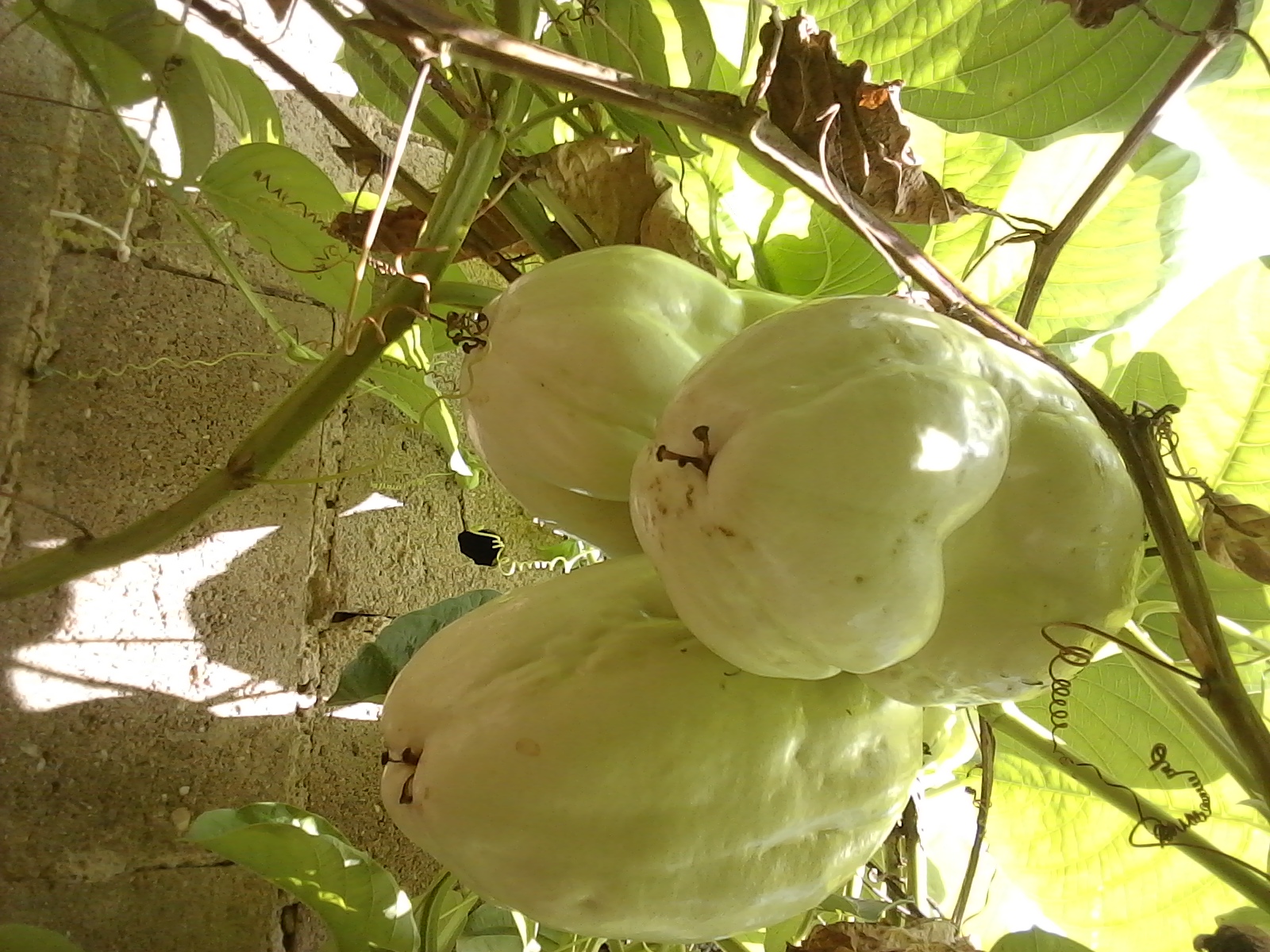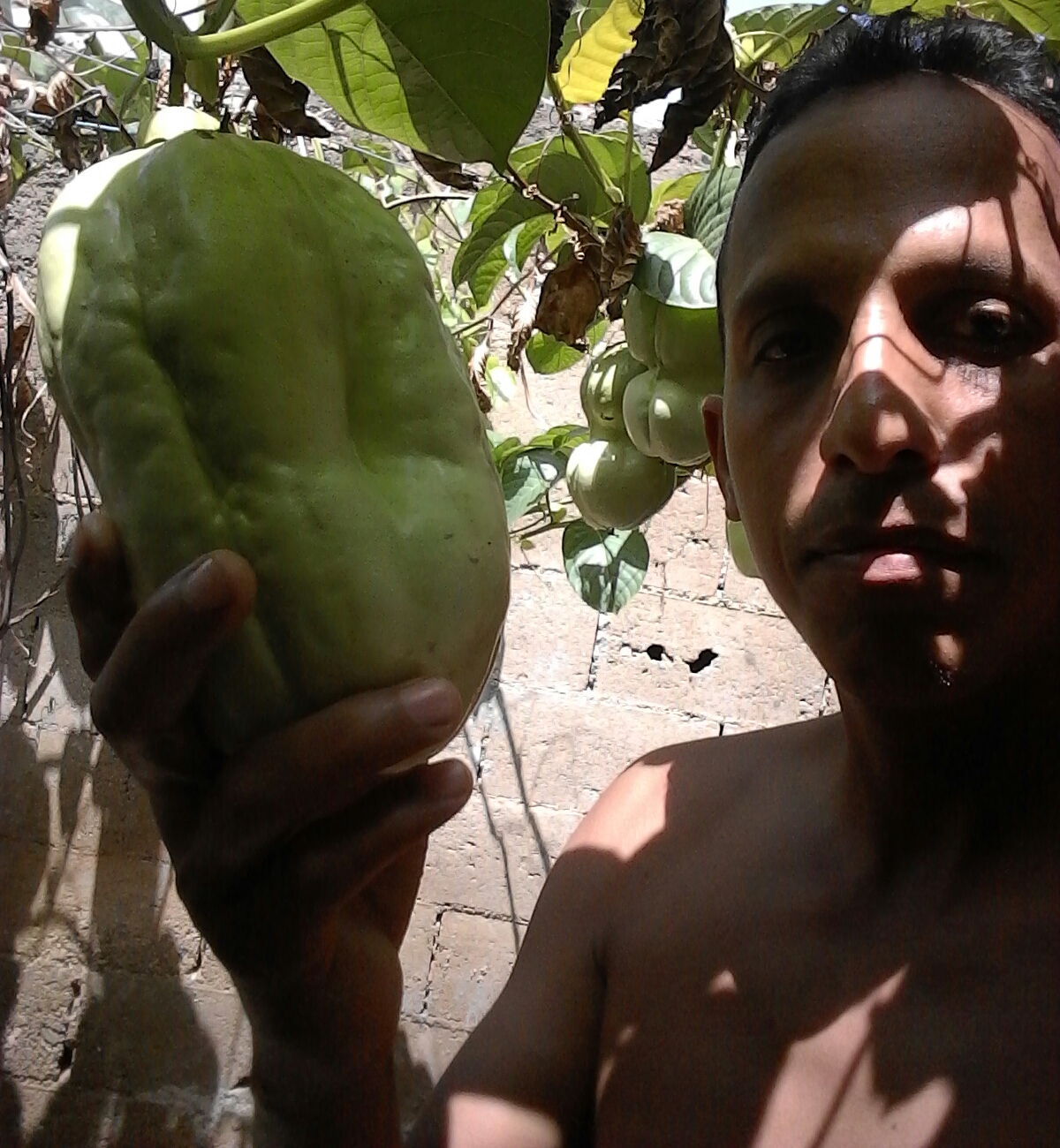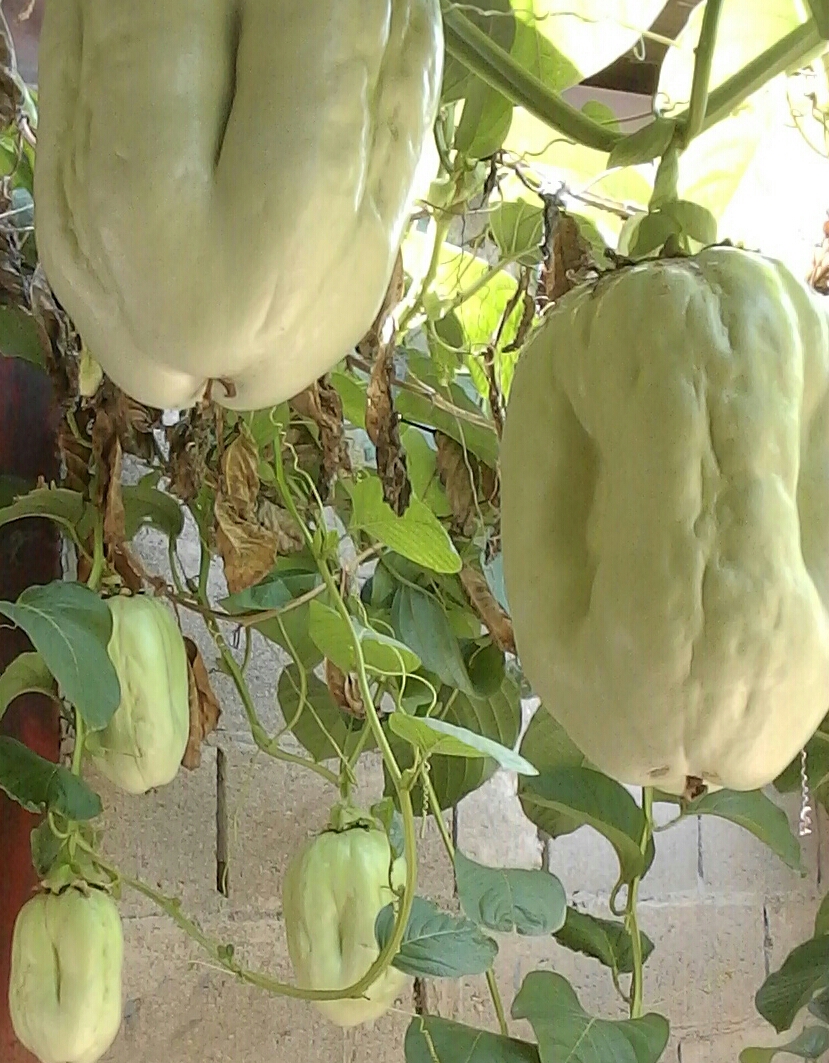Learn a little more about the big patch or giant passion fruit
Common or vulgar name: Giant passion fruit, Fresh granadilla, Large granadilla, Parcha de Guinea, Parcha granadina, Watermelon of passion, Granadilla real, Barbarina, Barbadina, Purple Passionflower, Giant Maracujá, Large Maracujá, Parcha granadilla, Quijón, Tumbito.
-Family: Passifloracea.

Common or vulgar name: Giant passion fruit, Fresh granadilla, Large granadilla, Parcha de Guinea, Parcha granadina, Watermelon of passion, Granadilla real, Barbarina, Barbadina, Purple Passionflower, Giant Maracujá, Large Maracujá, Parcha granadilla, Quijón, Tumbito.
-Family: Passifloracea
-Origin: South America.
-Climber, with strong, quadrangular stems, provided with simple tendrils.
-Growth: fast. Very vigorous (10-20 m).
-Evergreen, oval with long petioles.
-Solitary and axillary flowers, large, small foliaceous bracts, calyx with 5 green sepals with purple inside, corolla with purple petals on the outside and red on the inside.

-Very large flowers, of extremely varied colors: green, pink, white and blue.
-Flowering: from summer to early autumn.
-Fruit: oblong berry, large, edible, yellowish to reddish in color, with many seeds.
-They emit a strong smell of spices.
-With a support, for example, a lattice, it will be held spontaneously with the tendrils.
-Suitable for indoor cultivation.
-Use a large pot, where the root system has enough space, and place in a very bright situation.
-Light: sun, sheltered from strong winds.
-Temperatures: it must be protected from the cold, since it is a very sensitive plant.
-Outdoors, a location close to a wall facing North is suitable.
-Substrate: rich, light and well drained.
-Irrigation: when they are in full development they need abundant water, especially in summer, but during the remaining times of the year their water needs are moderate.
-If you fertilize it in excess, it will favor the development of the leaves but on the other hand, it will give few flowers.
I hope you liked itriginal: South America.
-Climber, with strong, quadrangular stems, provided with simple tendrils.
-Growth: fast. Very vigorous (10-20 m).
-Evergreen, oval with long petioles.
-Solitary and axillary flowers, large, small foliaceous bracts, calyx with 5 green sepals with purple inside, corolla with purple petals on the outside and red on the inside.
-Very large flowers, of extremely varied colors: green, pink, white and blue.
-Flowering: from summer to early autumn.
-Fruit: oblong berry, large, edible, yellowish to reddish in color, with many seeds.
-They emit a strong smell of spices.
Common or vulgar name: Giant passion fruit, Fresh granadilla, Large granadilla, Parcha de Guinea, Parcha granadina, Watermelon of passion, Granadilla real, Barbarina, Barbadina, Purple Passionflower, Giant Maracujá, Large Maracujá, Parcha granadilla, Quijón, Tumbito.
-Family: Passifloracea
-Origin: South America.
-Climber, with strong, quadrangular stems, provided with simple tendrils.
-Growth: fast. Very vigorous (10-20 m).
-Evergreen, oval with long petioles.
-Solitary and axillary flowers, large, small foliaceous bracts, calyx with 5 green sepals with purple inside, corolla with purple petals on the outside and red on the inside.
-Very large flowers, of extremely varied colors: green, pink, white and blue.
-Flowering: from summer to early autumn.
-Fruit: oblong berry, large, edible, yellowish to reddish in color, with many seeds.
-They emit a strong smell of spices.
-With a support, for example, a lattice, it will be held spontaneously with the tendrils.
-Suitable for indoor cultivation.
-Use a large pot, where the root system has enough space, and place in a very bright situation.
-Light: sun, sheltered from strong winds.
-Temperatures: it must be protected from the cold, since it is a very sensitive plant.
-Outdoors, a location close to a wall facing North is suitable.
-Substrate: rich, light and well drained.
-lrrigation: when they are in full development they need abundant water, especially in summer, but during the remaining times of the year their water needs are moderate.

-if you fertilize it in excess, it will favor the development of the leaves but on the other hand, it will give few flowers.
I hope you liked itith a support, for example, a lattice, it will be held spontaneously with the tendrils.
-Suitable for indoor cultivation.
-Use a large pot, where the root system has enough space, and place in a very bright situation.
-Light: sun, sheltered from strong winds.
-Temperatures: it must be protected from the cold, since it is a very sensitive plant.
-Outdoors, a location close to a wall facing North is suitable.
-Substrate: rich, light and well drained.
Irrigation: when they are in full development they need abundant water, especially in summer, but during the remaining times of the year their water needs are moderate.
If you fertilize it in excess, it will favor the development of the leaves but on the other hand, it will give few flowers.
The images were taken from my Samsung j3 phone
I hope you liked it.